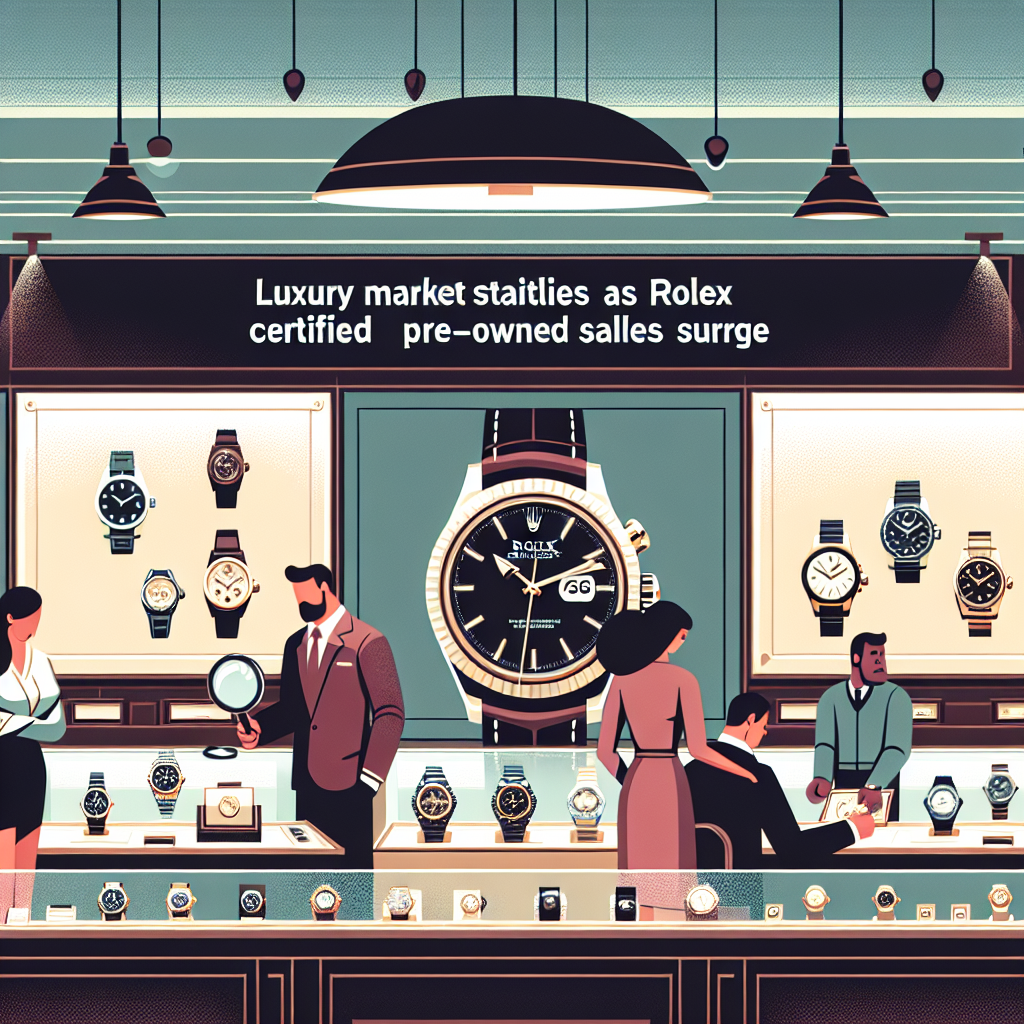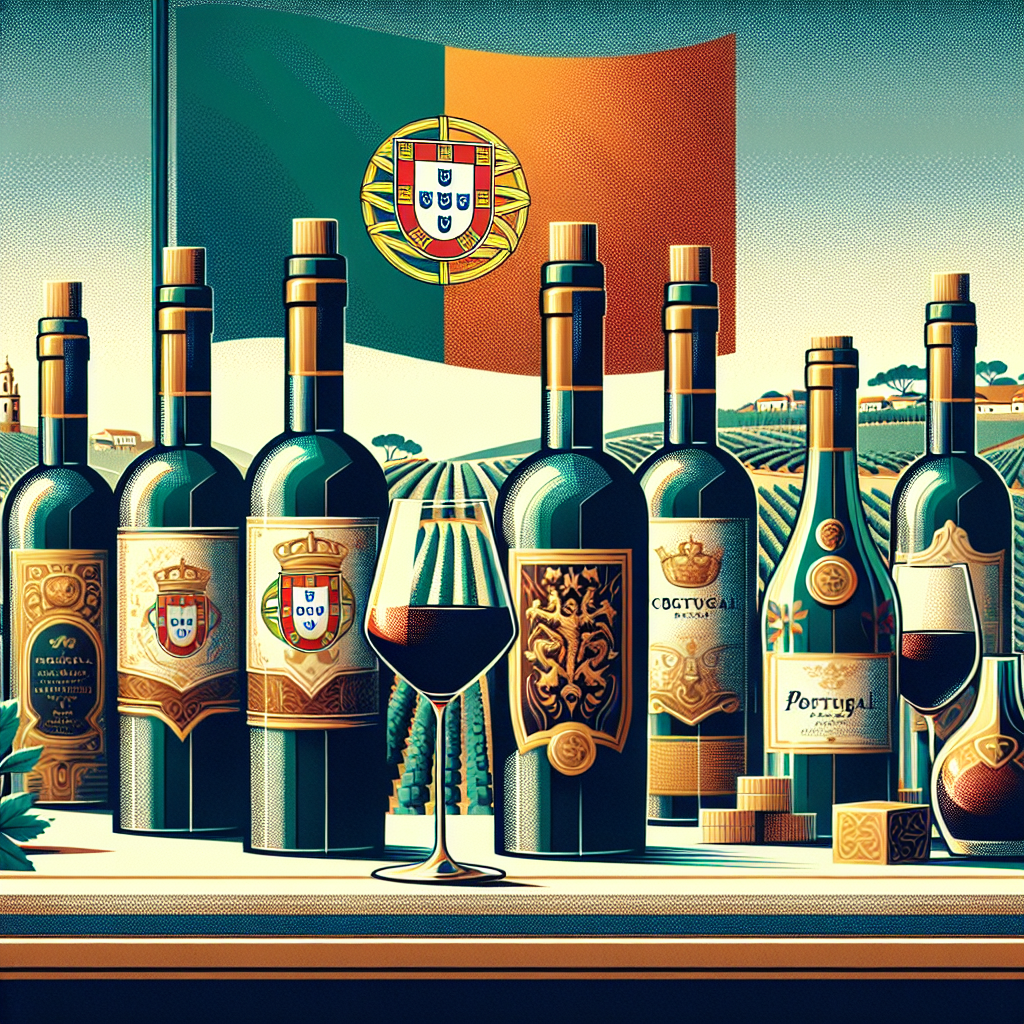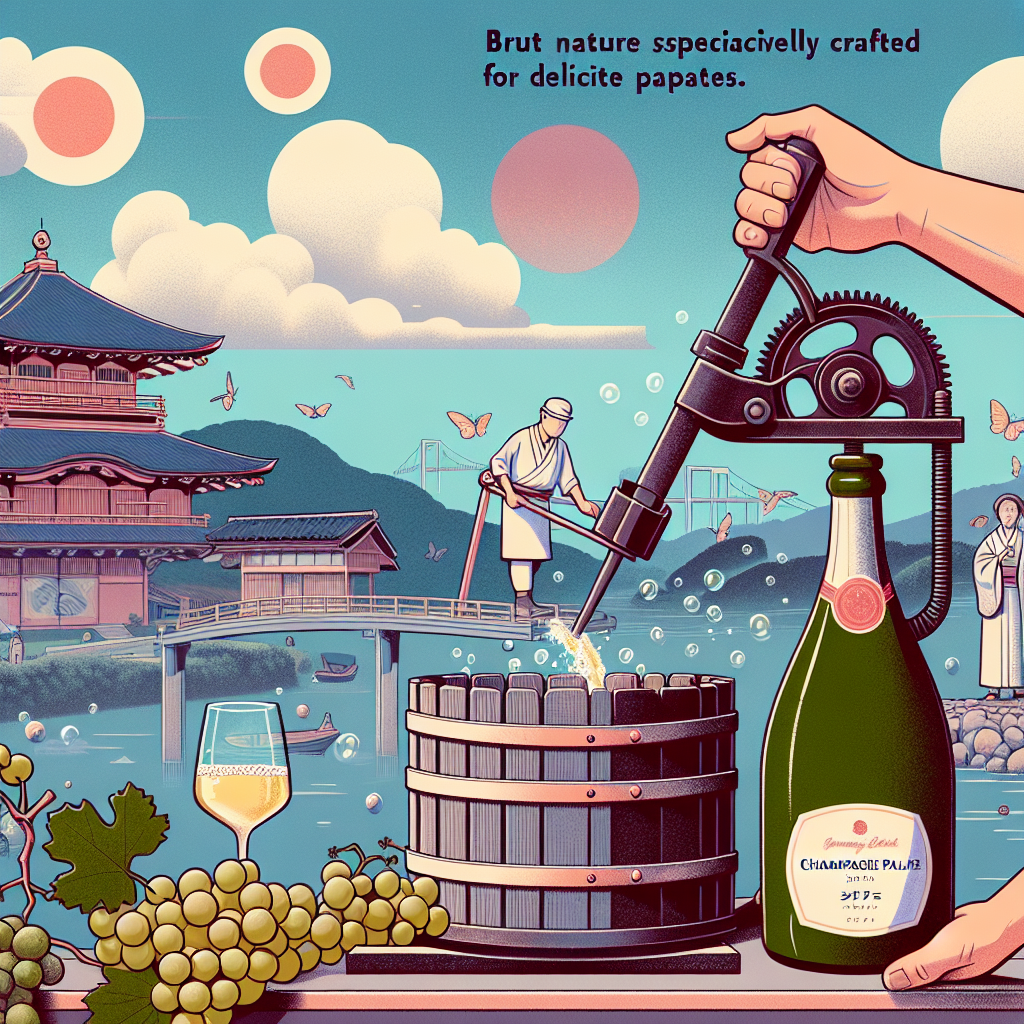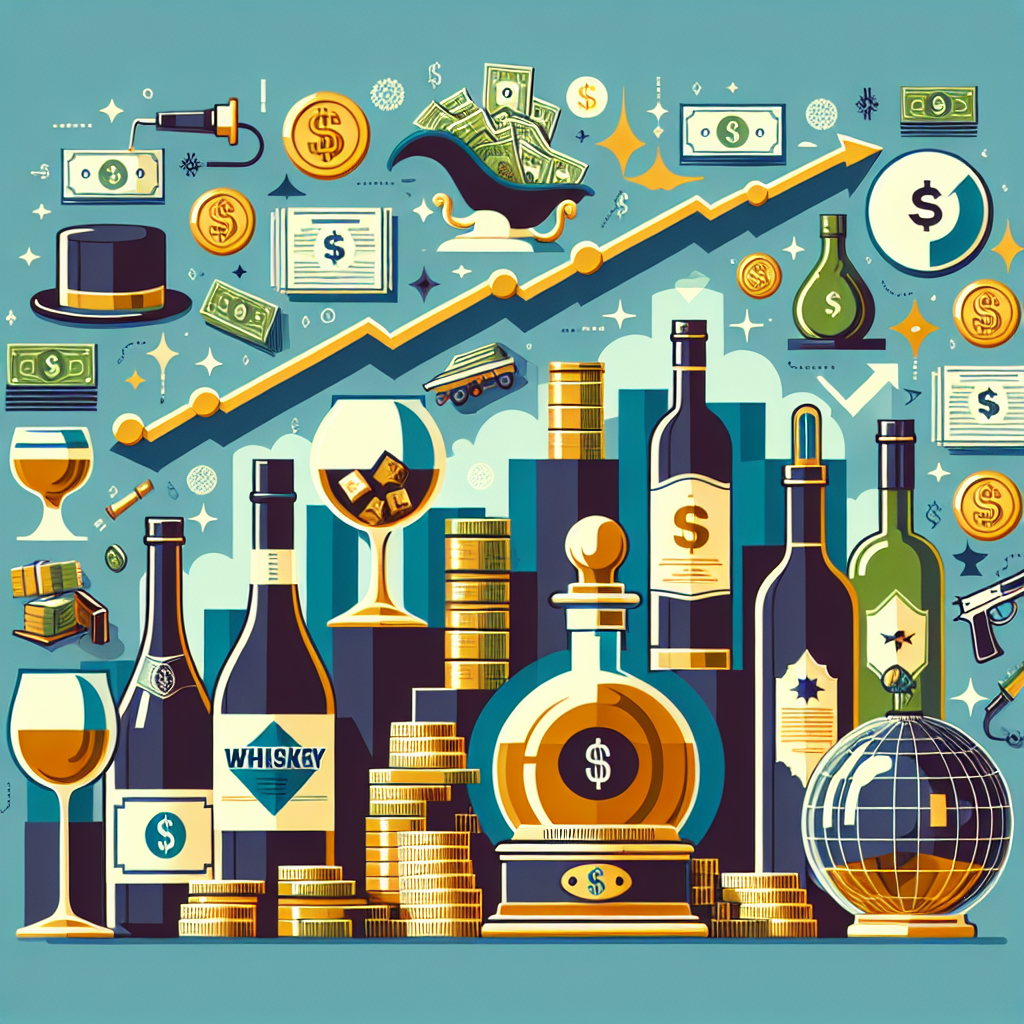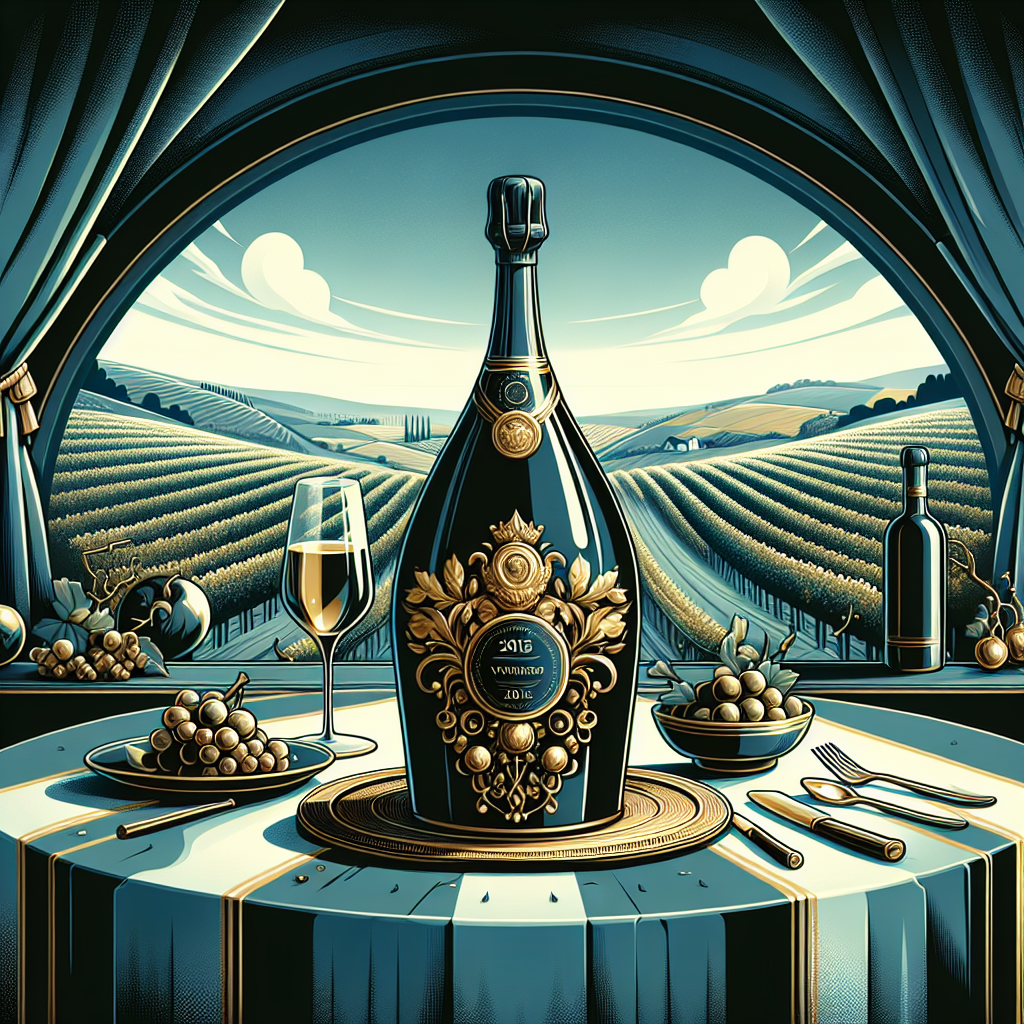
Dom Pérignon has launched its latest expression – a “broad and horizontal” Champagne from the drought-struck 2015 harvest, according to cellar master Vincent Chaperon.
Following a tasting of the new vintage in London on Monday, Chaperon stressed that a prolonged period without rain in Champagne “makes the personality of 2015”, which is being released in September in the UK with an rrp of £210 for a 75cl bottle.
Speaking further about the harvest, he said that “we had one of the longest periods of drought we’ve ever had in Champagne,” with almost no rain from mid-spring to summer, which led to uneven grape maturation across the region depending on the level of hydric stress in the vines.
In some of Dom Pérignon’s hottest and driest sites, Chaperon said that the berry maturation had stopped, ensuring that the bunches yielded wines with vegetal notes and harsh phenolics, requiring the famous prestige cuvée producer to practice a “huge selection” of the grapes and wines for the 2015 expression, weeding out the weakest, while keeping the best.
As a result, Chaperon said that the volumes of this latest Dom Pérignon release were only around 70% of the average production from any single vintage – a level that while low, was much greater than the 2017 vintage, when the producer made as little as 20-30% of the usual quantities due to widespread bunch rot in Champagne (although the expression from that harvest is yet to be released).
But while some of the vineyards suffered from the hot, dry conditions of 2015, others thrived, such as the grand cru Dom Pérignon vineyards in Verzenay, which faced north-east and, due to their aspect, as well as deeper soils shaded by a covering of grass, produced “balanced grapes to make a balanced wine.”
Summing up, he said that the varied performance of vineyards due to 2015’s extreme dryness made the pattern of maturity “like a mosaic”, which required careful sorting in the vineyards and cellars to ensure only the best bunches and wines went into the single-harvest prestige cuvée.
Such a constraint he said favoured Dom Pérignon due to its large vineyard holding over a wide area of Champagne’s best sites. Dom Perignon is “very good” in more difficult vintages because “we have the freedom to select grapes across 900 hectares of grands and premiers crus,” he said.
He also remarked that the division in quality was marked, calling it “black and white”, or “very good or not ripe”, with “the Pinot Noir performing higher” – and making up 51% of the 2015 vintage blend, with the other 49% being Chardonnay.
In terms of the wine’s character, Chaperon recorded how the Champagne was “broad and horizontal”, as it “spreads across the palate”, calling it “tactile”, before noting that the style of the wine was both generous and austere.
In terms of the more mature fruit flavours, he said that these weren’t just a function of the hot and dry conditions in 2015, but also vineyard management.
“We are going a bit further with the maturity of the fruit, due to lower yields – we have grass and cereal and biodiversity in our vineyards since we stopped using herbicides 15 years ago,” he said.
Consequently, he recorded “more matter; more density in the wine,” which he added was a general direction in the “modernity of Dom Pérignon”, remarking that the Champagnes have a “natural softness”, which also allows Chaperon to apply a lower level of sugar in the dosage, which today is less than 5g/l.
Also, he commented that riper grapes gave him “more extractible phenolics,” which he favoured for bringing “very delicate bitters” to the Champagne, allowing Dom Pérignon to have a sensation of “freshness and vibrancy”.
Such characters, he stressed, “we need to be able to show in Champagne, whatever the conditions”.

